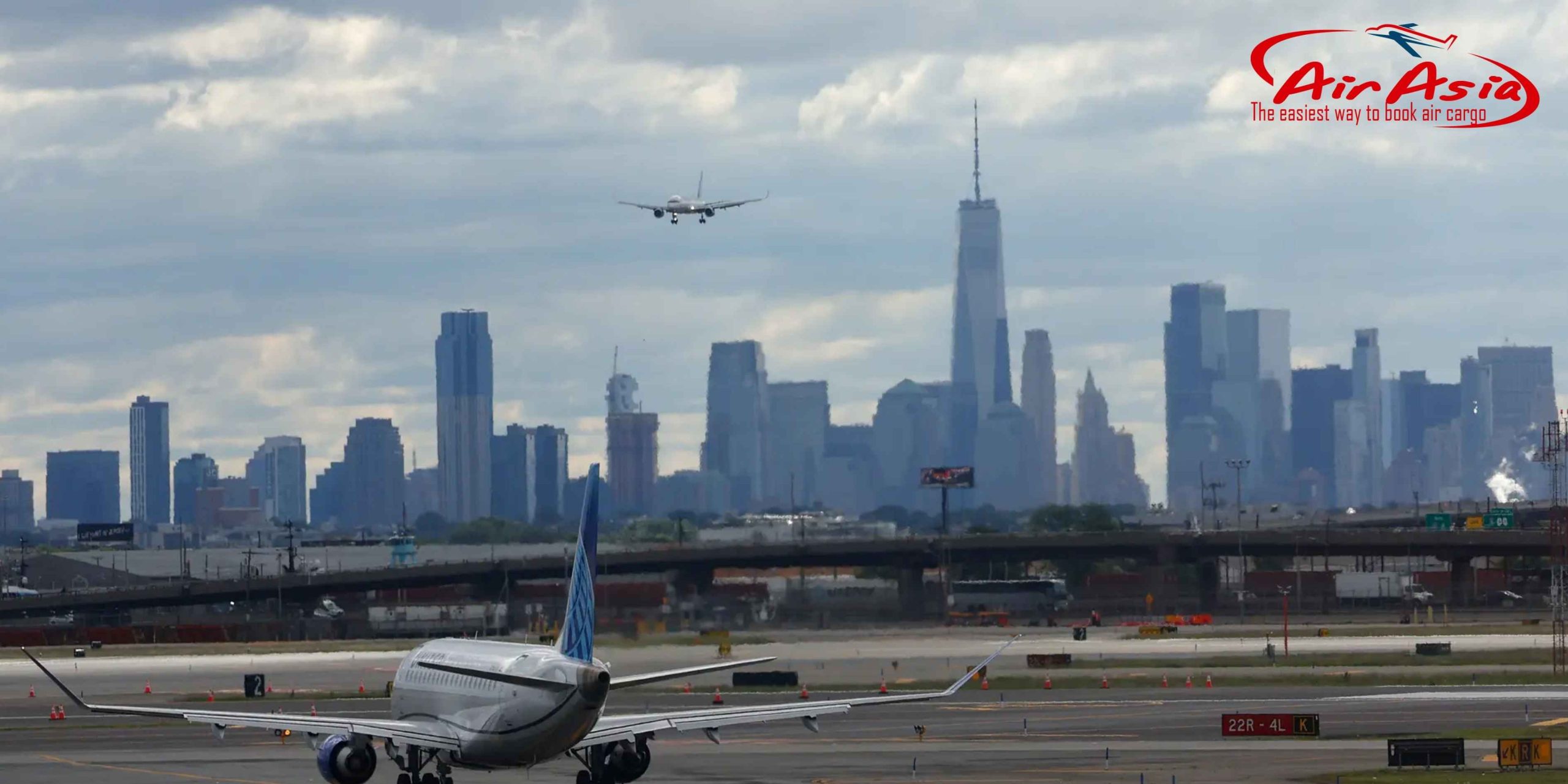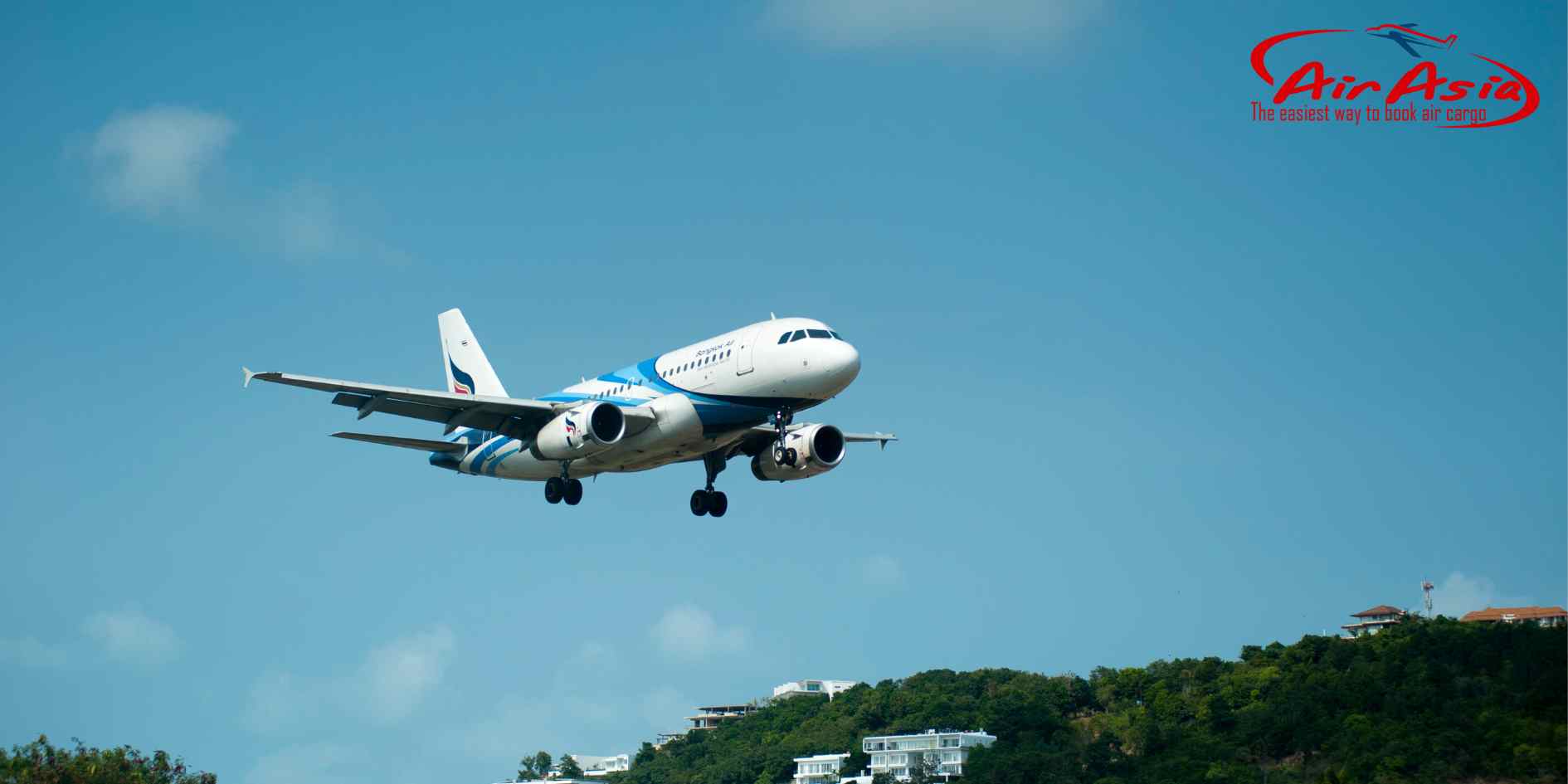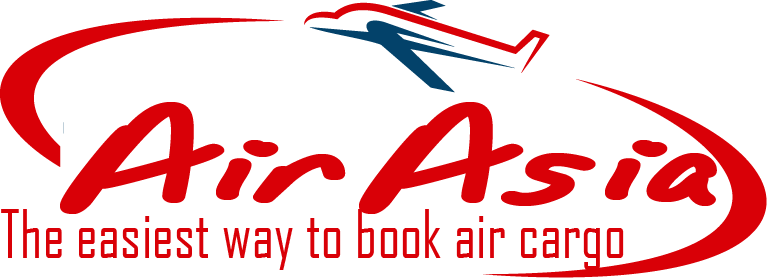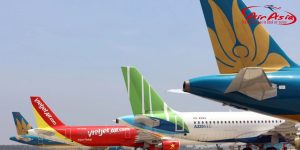Vietnam–Singapore Air Cargo Demand Climbs as Capacity Tightens: What Shippers Need to Know in November 2025
Hanoi – November 2025
The air cargo market between Hanoi (HAN) and Singapore (SIN) is entering a period of renewed activity as demand in Southeast Asia picks up, regional supply chains shift, and global freight trends continue to evolve. According to newly published analyses from multiple logistics and freight intelligence sources—including a 2-day-old market update by Scan Global Logistics (ScanGL)—the Asia-Pacific air cargo sector is experiencing persistent fluctuations, with Southeast Asia recording a modest yet notable 1% rise in general freight rates.
This movement marks the beginning of a more dynamic peak-season pattern, with Vietnam positioned as one of the region’s fastest-growing export hubs. As a result, air cargo bookings from Hanoi to Singapore are becoming more competitive, driven by both rising demand and tightening space.
This report summarizes the latest news, insights, and practical considerations for companies booking air freight from Hanoi to Singapore, based on the newest market signals and verified industry publications.
1. Market Outlook: Southeast Asia Air Cargo Rates See Gradual Uptick
ScanGL’s newly released “Global Supply Chain Weather Forecast” highlights that Southeast Asia has posted an approximate 1% increase in air freight prices. While the rise is considered moderate, experts note that this pattern reflects a return of steady demand, especially for electronics, e-commerce parcels, garments, perishables, and high-value components shipped within the region.
Singapore, serving as a major transshipment and distribution hub, continues to attract increasing volumes from Vietnam as companies diversify sourcing and shorten intra-Asia delivery times.
Industry analysts say that although a 1% change seems small, it signals the beginning of a seasonal phase in which:
-
Airlines adjust rates more frequently
-
Forwarders adjust space allocations
-
Booking confirmations may take longer during peak weeks
-
HAN–SIN flights run closer to full capacity, especially on narrow-body aircraft and high-frequency regional routes
Given Singapore’s role in regional consolidation and distribution, demand from Hanoi is expected to continue rising through the end of Q4 2025.

2. Capacity Conditions: Persistent “Winds of Change” in Global Air Cargo
The ScanGL report describes the current environment as facing “persistent winds of change,” with ongoing market volatility shaping air cargo capacity worldwide. Several factors are influencing available space on the Hanoi–Singapore lane:
a. Airline Fleet Adjustments
Carriers operating between Vietnam and Singapore—including Vietnam Airlines, Singapore Airlines, Scoot, VietJet, and others—are rotating aircraft types, with some switching to smaller narrow-body jets on certain days to optimize load factors.
This can reduce the belly cargo capacity available for bookings, especially for:
-
bulky cargo
-
large e-commerce shipments
-
urgent industrial parts
b. Transshipment Demand Into Singapore
Singapore remains a key gateway for:
-
Europe-bound exports
-
US-bound express and e-commerce
-
Pharmaceuticals and perishables
As cargo flows from Thailand, Malaysia, and Indonesia also increase, capacity into SIN remains highly competitive.
c. Weather and Congestion Factors
Seasonal weather patterns across East and Southeast Asia are causing intermittent delays, creating a ripple effect on flight scheduling and cargo loading priorities.
3. Regional Export Shifts: Vietnam’s Air Cargo Growth Strengthens
One of the most notable recent developments is the continued shift in export patterns across Asia.
According to multiple freight intel sources:
-
Vietnam, Thailand, Malaysia, and Singapore are seeing strong outbound volumes to Europe, especially in electronics and high-value goods.
-
Meanwhile, Asia → US demand has softened, freeing up some capacity on trans-Pacific routes but increasing competition within intra-Asia networks.
For Vietnam, this shift means:
-
More exporters are routing cargo to Europe via Singapore, increasing demand on the Hanoi– Singapore sector.
-
Forwarders are securing block space agreements (BSAs) earlier than usual.
-
Spot-rate bookings may face longer waiting times or higher rates during peak days.
With Vietnam’s manufacturing base expanding rapidly—especially in electronics, textiles, and high-tech assembly—air shipments destined for Singapore hubs are expected to maintain strong growth into early 2026.
4. Implications for Businesses Booking Air Cargo From Hanoi to Singapore
Based on the latest November market updates, businesses planning air freight shipments from Hanoi to Singapore should pay close attention to the following:
1. Capacity Tightening Is Real
Although not at crisis levels, space is tighter than usual, especially on days with high passenger travel volume.
Shippers booking last-minute should expect:
-
reduced availability
-
potential offloading risks
-
higher spot rates
2. Rate Volatility to Continue
With Southeast Asia rates trending upward by approximately 1%, further fluctuations are expected as:
-
peak season demand increases
-
more exporters push shipments through Singapore
-
weather and airline scheduling create bottlenecks
3. Book Earlier Than Usual
To secure space, logistics experts recommend booking 2–4 days in advance for general cargo and 5–7 days for oversized or time-sensitive shipments.
4. Prioritize Flexible Routing
Forwarders now increasingly use secondary airline options, such as:
-
multi-stop routes
-
split shipments
-
connecting flights through Ho Chi Minh City or Da Nang
Shippers should maintain flexibility to ensure timely delivery.
5. Prepare for Additional Screening Time
Cargo hubs in both Hanoi and Singapore are enforcing stricter security measures during year-end peak months, especially for express goods and e-commerce parcels.

5. Business Opportunities: Why the Hanoi–Singapore Air Cargo Corridor Matters
The HAN–SIN air freight route is strategically important for businesses due to:
a. Fast Transit
Direct flights provide same-day uplift and next-day arrival, essential for:
-
electronic components
-
fashion and garment samples
-
medical supplies
-
urgent B2B replenishment
b. Strong Connectivity via Changi Airport
Singapore Changi Airport is a global gateway, offering connections to:
-
Europe
-
the Middle East
-
Australia
-
the US (via express consolidation)
c. Increasing Vietnam–Singapore Trade Cooperation
Vietnam and Singapore maintain one of ASEAN’s most stable economic partnerships, including active cooperation through:
-
the Vietnam–Singapore Industrial Parks (VSIP)
-
technology and investment initiatives
-
cross-border supply chain integration
This drives consistent two-way cargo movement.
6. What Forwarders and Exporters Should Monitor Next
Industry specialists advise keeping track of the following indicators over the next weeks:
1. Airline Capacity Announcements
Any reintroduction of wide-body aircraft on the Hanoi–Singapore route could significantly improve available space.
2. Fuel Price Updates
Jet fuel remains a key driver of freight rate increases. Any rise could translate directly into higher surcharges.
3. Global Demand Cycles
If Asia–Europe demand keeps rising, more exporters will route via Singapore, tightening space further.
4. Weather Forecasts
Seasonal storms across Asia-Pacific can cause:
-
flight diversions
-
cargo rollovers
-
temporary airport delays
5. New Rate Adjustments
Forwarders report that rate sheets now update weekly, not monthly, reflecting the high volatility in the global air cargo landscape.
Conclusion
As of November 2025, the Hanoi–Singapore air cargo market is entering a period of heightened activity. With Southeast Asia freight rates rising around 1%, shifting export dynamics, and tightening airline capacity, shippers need to approach bookings more strategically than before.
Key takeaways:
-
Book early to secure space
-
Expect rate fluctuations through Q4 2025
-
Monitor capacity changes and airline scheduling
-
Prepare for rising demand driven by regional export growth
Despite the challenges, the HAN–SIN corridor remains one of the most reliable and strategically important air cargo lanes in Asia, supporting fast, high-value trade between Vietnam and one of the world’s most advanced logistics hubs.
XEM THÊM
HIỂU RÕ CƠ CHẾ PHÂN LUỒNG HẢI QUAN: TỪ LUỒNG XANH ĐẾN LUỒNG ĐỎ
DỊCH VỤ BOOKING TẢI HÀNG KHÔNG TỪ NỘI BÀI ĐẾN LHR







